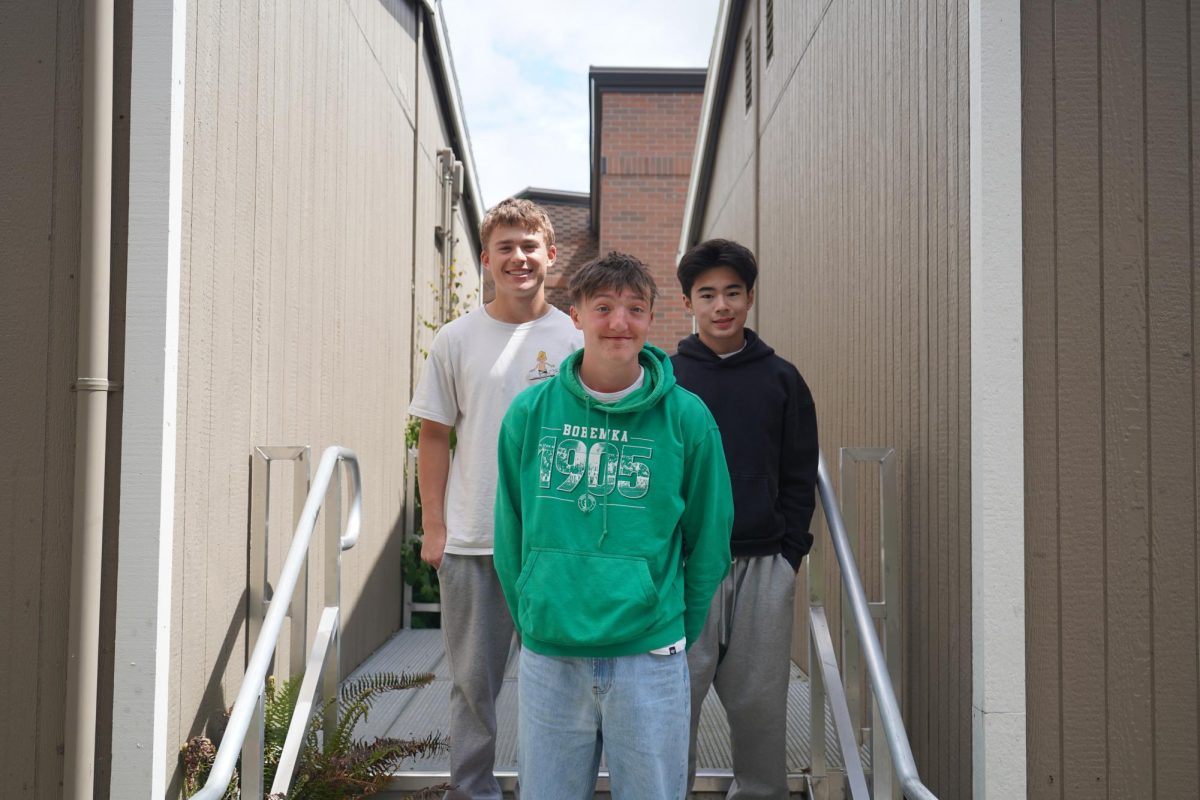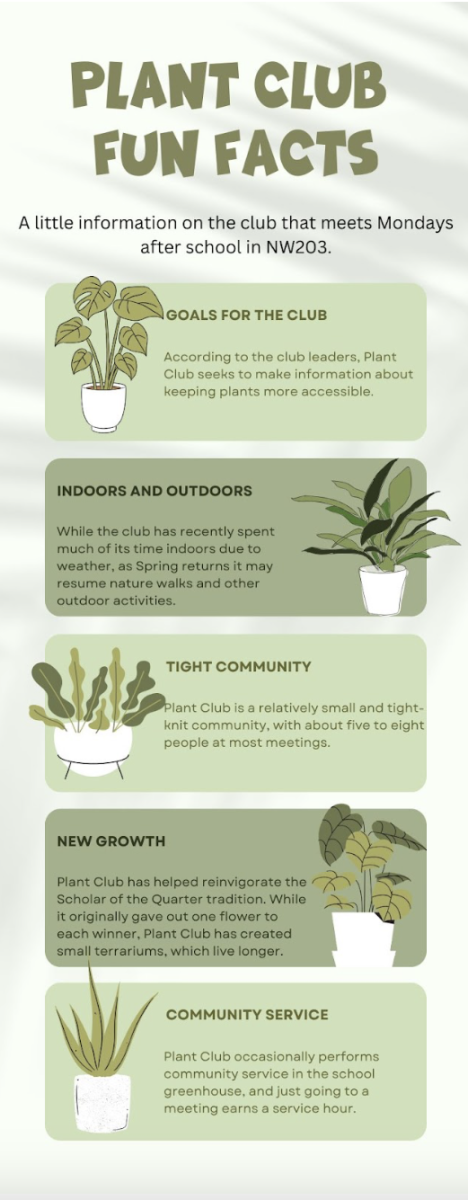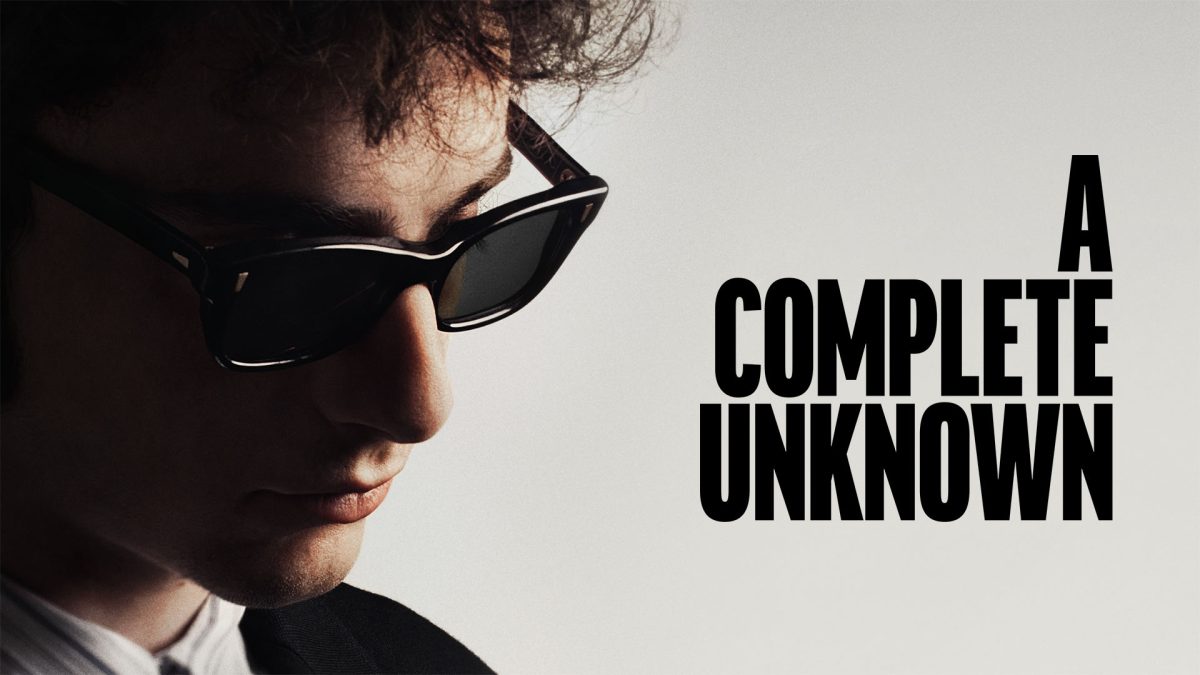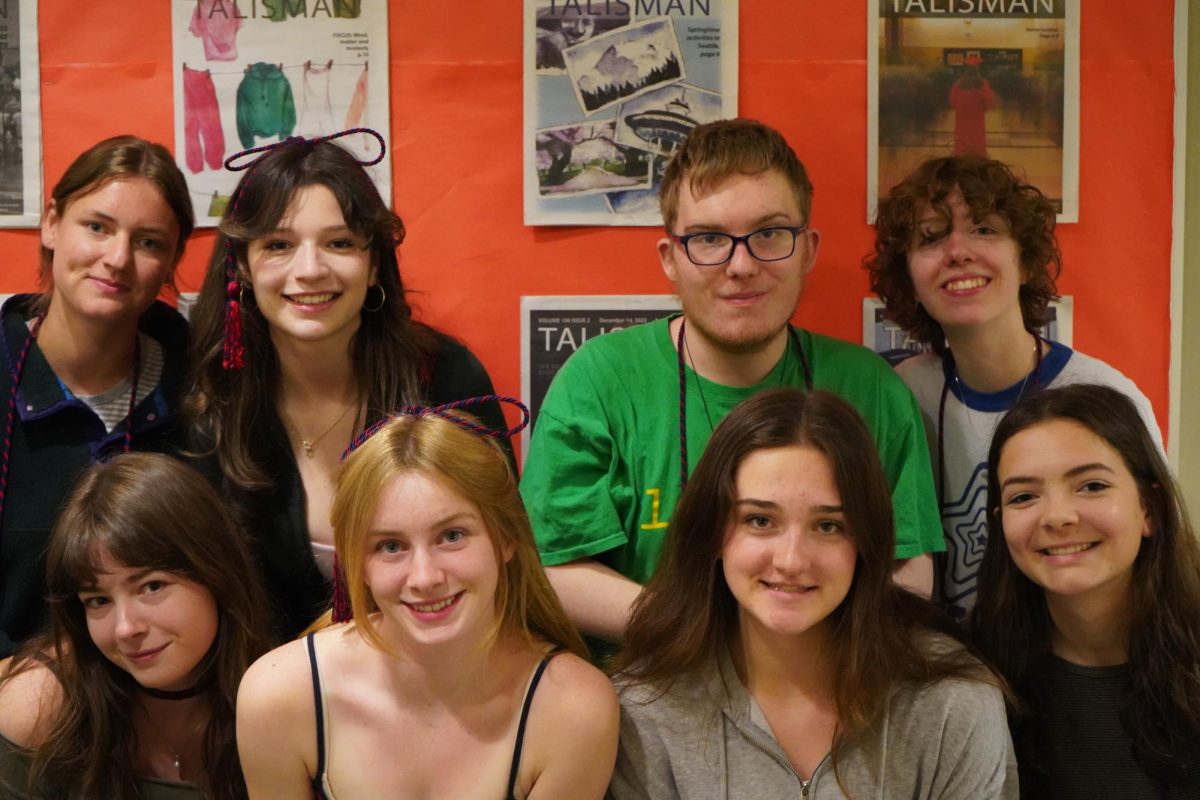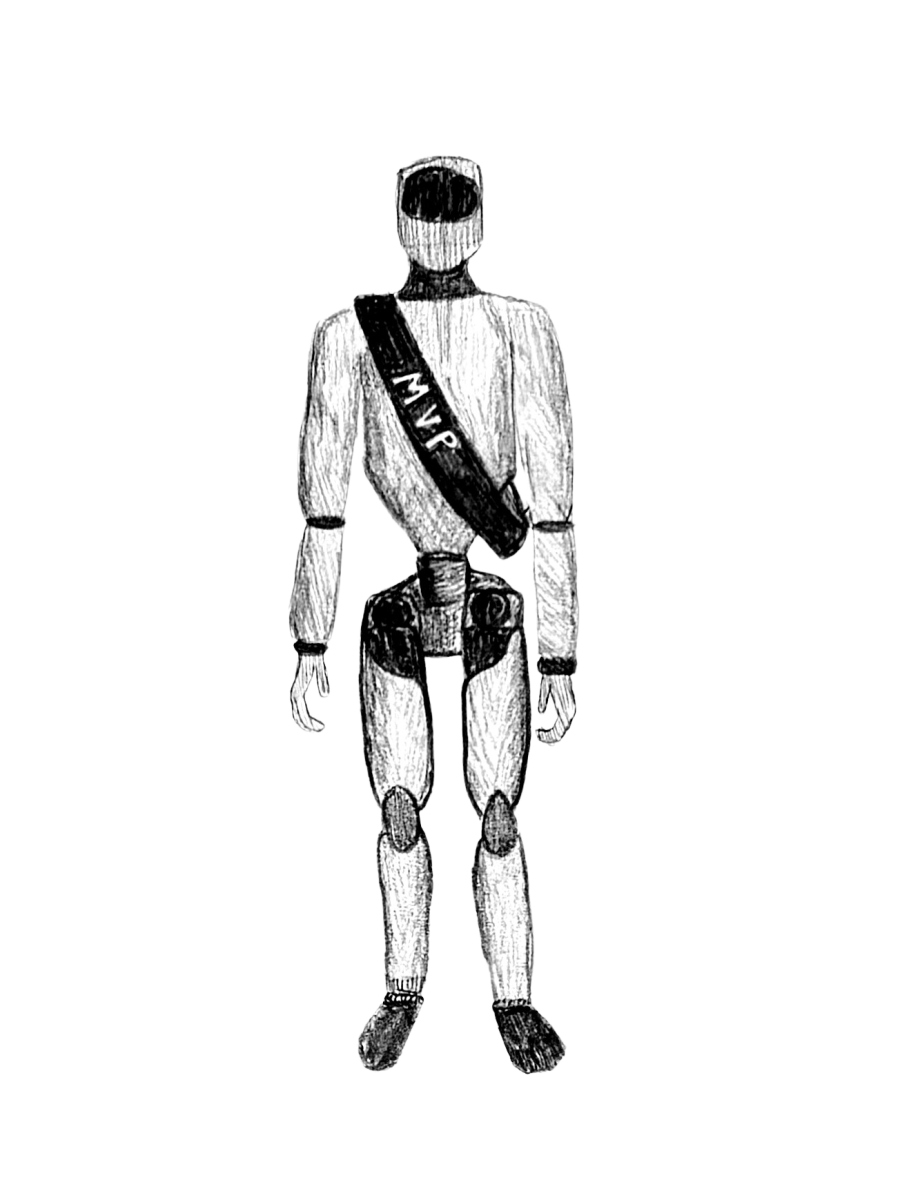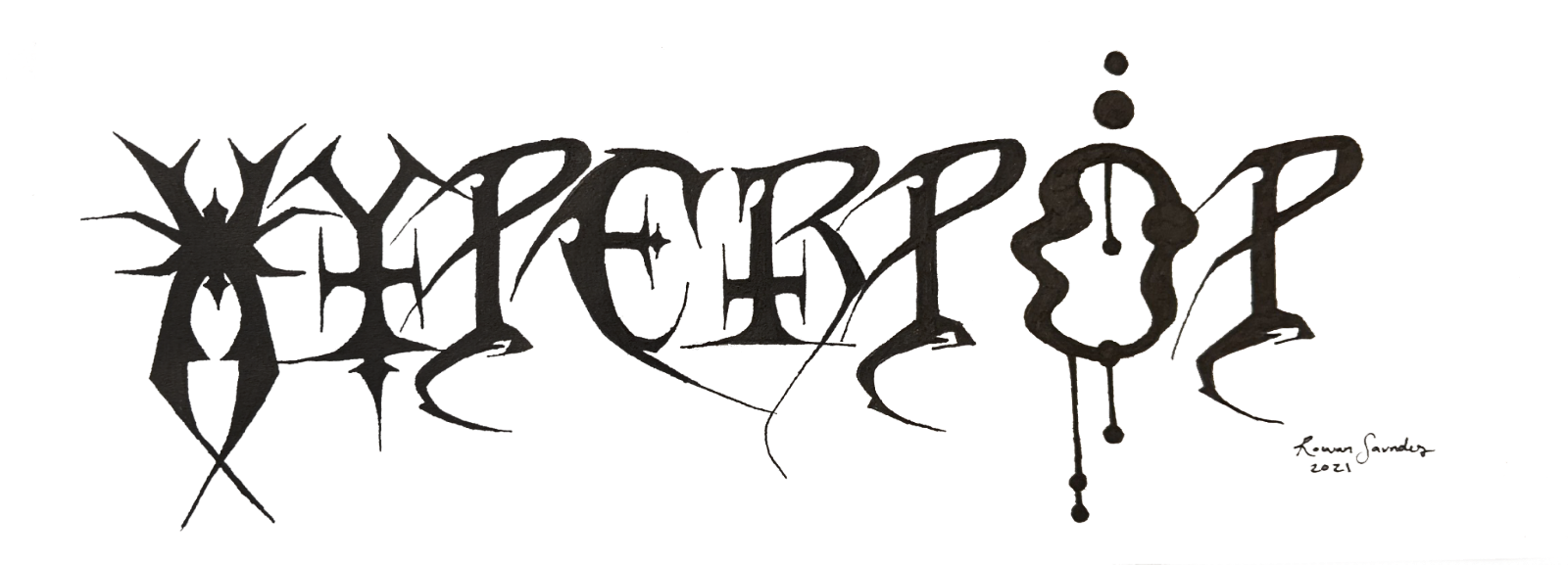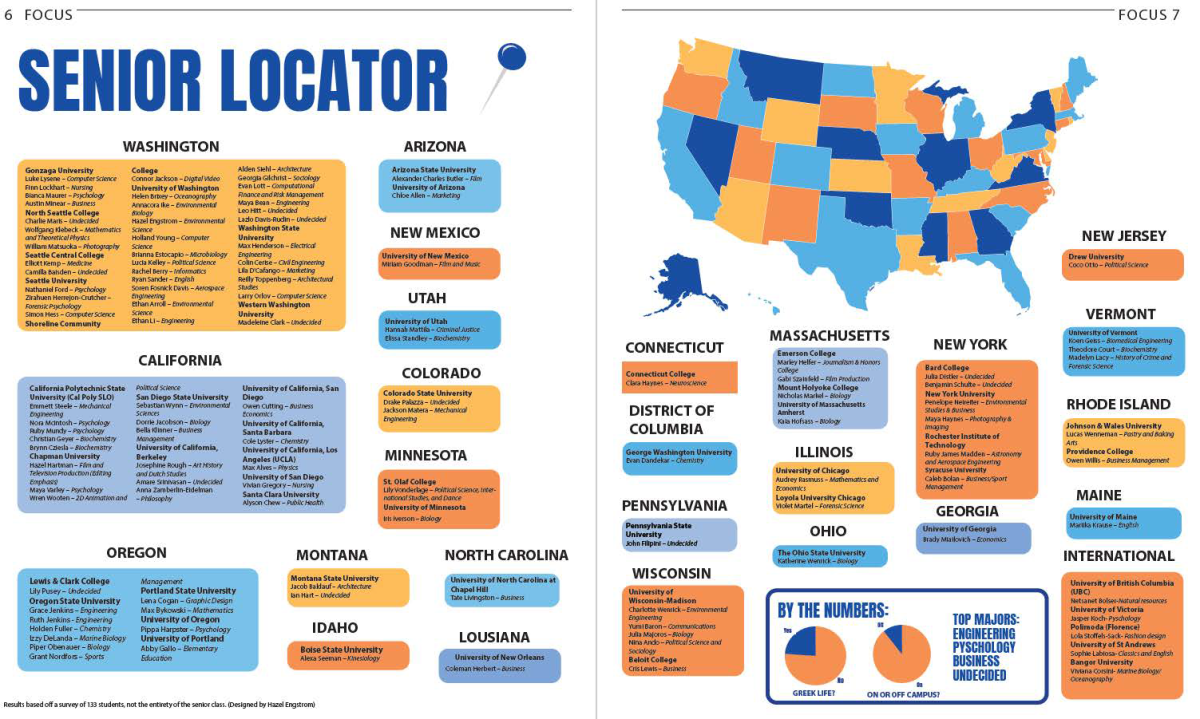Hyperpop: An overview as fast as the music
February 10, 2022
Spotify told me my most listened to genre is hyperpop. But defining what that is is difficult.
Originally published January 4, 2022 by Isa Wick, Staff Reporter
Graphic by Rowan Saunders.
Hyperpop has a divisive reputation. One either loves it, hates it or doesn’t know what it is. I fall into the first camp, though I understand why people hate it. But it’s a shame that some people haven’t heard of it at all.
Hyperpop, in the most basic sense, is a microgenre that takes the tropes of modern pop music and turns them all up to 11. It also takes inspiration from trap, EDM, punk rock and alternative genres.
Much like the counterculture genres of years before, hyperpop is produced by the young. Artists most commonly range from their 20s down to 15, such as in the case of artist osquinn (also known as p4rker).
In addition, many artists, including osquinn are queer, most often trans. This includes osquinn, but also the progenitors of the genre such as SOPHIE, Dorian Electra and Laura Les.
Hyperpop is not a well defined genre and the name itself only became widespread in 2018 when Spotify created a playlist called “hyperpop.” Despite that, there are some common characteristics that many songs have.
Vocals
One of the most recognizable parts of hyperpop is the exaggerated vocal performances of the artists. Autotune is common in pop music, and naturally hyperpop takes it way overboard.
For instance, the band 100 gecs pitches up their voices until they sound like hamsters that just sucked down a lungful of helium. In combination with their track blasting bass, 100 gecs creates a beautiful blend of raw sound and music.
Another popular voice modification is echos. To add another layer of texture to a song, an artist will play parts of their vocals, if not all of them, on a slight delay after the main track. The artist SEBii utilizes this technique masterfully, especially in his album “VVBLUE.”
A different take on the same idea is used by glaive, where instead of simply copying his vocals and playing them a second time, he records two different versions that he plays at the same time, one in each headphone. It gives his performances even more variability and depth as the lyrics are being delivered in different keys right over top of each other.
Sound Effects
Much of hyperpop is based in a sort of chaos. Sometimes that chaos is created by the use of various sound effects that sound like they fit more in an early 2000s educational point-and-click children’s computer game than a song.
Take ElyOtto and his song “SugarCrash!” The chorus is riddled with random sounds, including a rubber duck squeak, a water drop, a car being locked and even a knife being sharpened among others.
But sound effects aren’t just limited to cartoonish air horns and phones ringing. They can include full audio clips of people talking that are clearly ripped from somewhere else, like in d0llywood1’s song “sixteen forty-four.”
Or take “shut up i don’t want to talk” by miraie. It utilizes clips of an anime girl giving various reactions to accentuate pauses in the beat.
Melodies
However, sometimes it can be difficult to identify any clear signals that a song is hyperpop. For example, listen to “Let It Rip” by midwxst. There is some use of autotune and echoing, which can be hard to identify by an untrained ear like mine. It has minimal use of any sound effects as well.
The thing that makes this song hyperpop is the sheer amount of sound being played at the same time. Besides the fast paced lyrics with enough editing to make them sound a little bit weird, there is a thumping bass, a trap beat, a reverb-heavy electric melody and more. I wish I could identify them all, but it gets so complicated I can’t keep track.
That formula is exceedingly common in hyperpop. Usually there will be bass, a trap beat, and a few other electronically added sounds. It’s very rare that there are any acoustic instrumentals in a song.
With everything going on, the song becomes a wave washing through one’s brain. To try and absorb it all is impossible. Yet there still is a strange calmness that emerges from the chaos. By taking it all in as one piece of art, a song becomes an incredible experience to listen to.
Of course, if you are someone who prefers simpler music, you will hate hyperpop. I still urge you to give it a chance, but it is not for everyone. In addition, it often takes a few listens before a song clicks.
But if it does, it snaps into place. And thus you get people who love hyperpop and people who hate it. If you haven’t listened to hyperpop before, take a listen to any one of the artists I mentioned in this article. They are all some of my favorites. Even if you don’t like it, you’ll still know about the rising star that is hyperpop.

